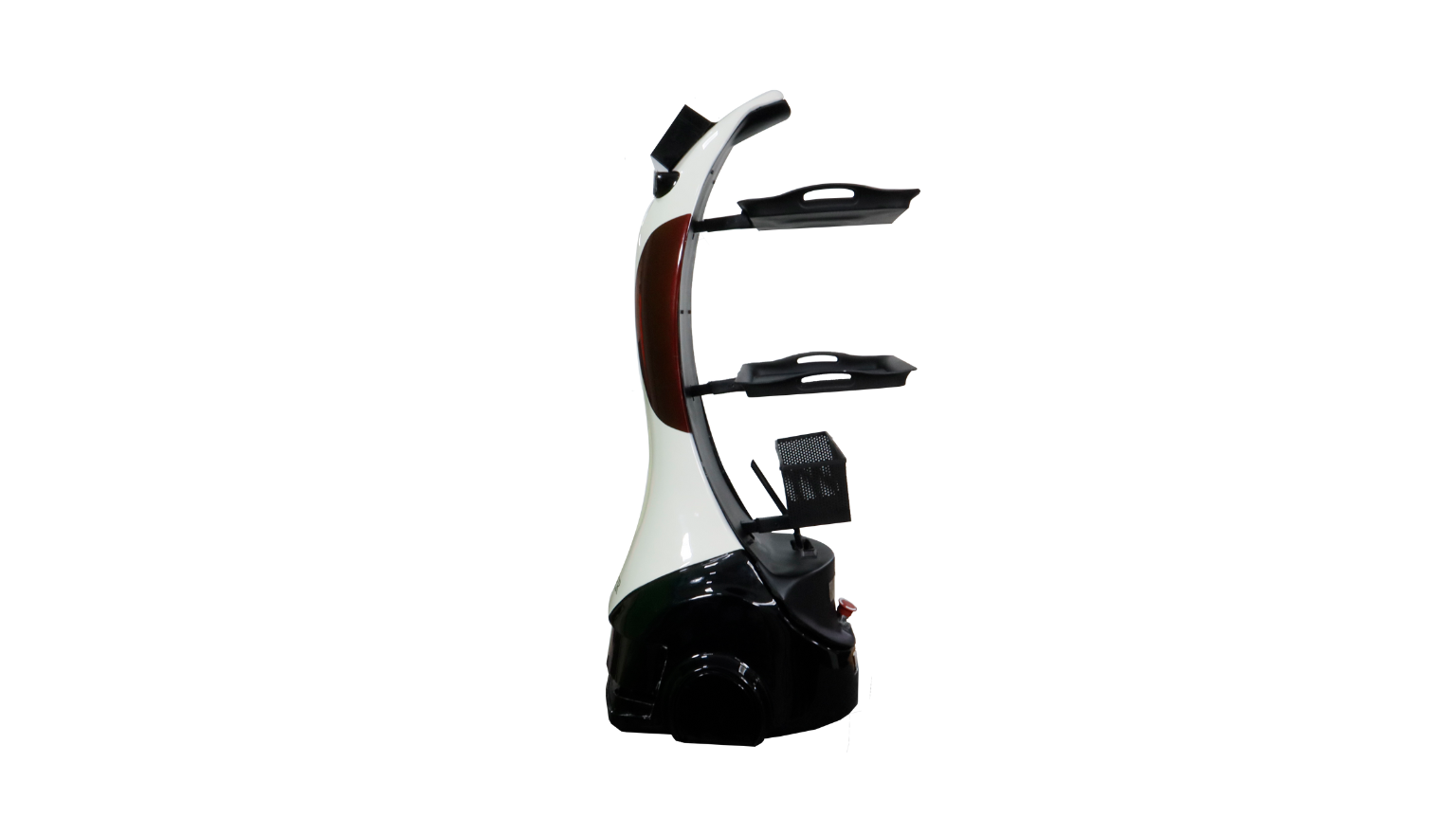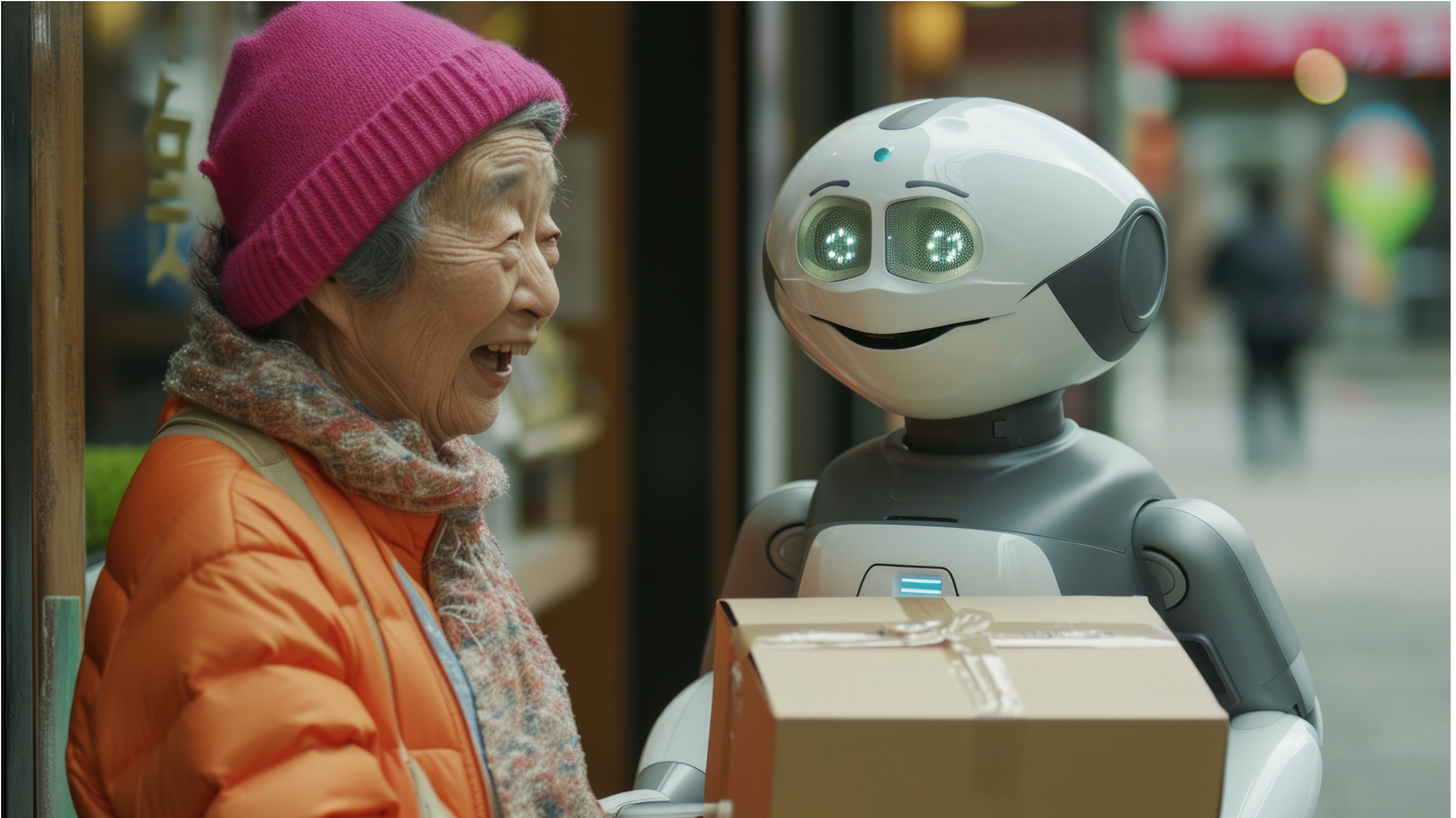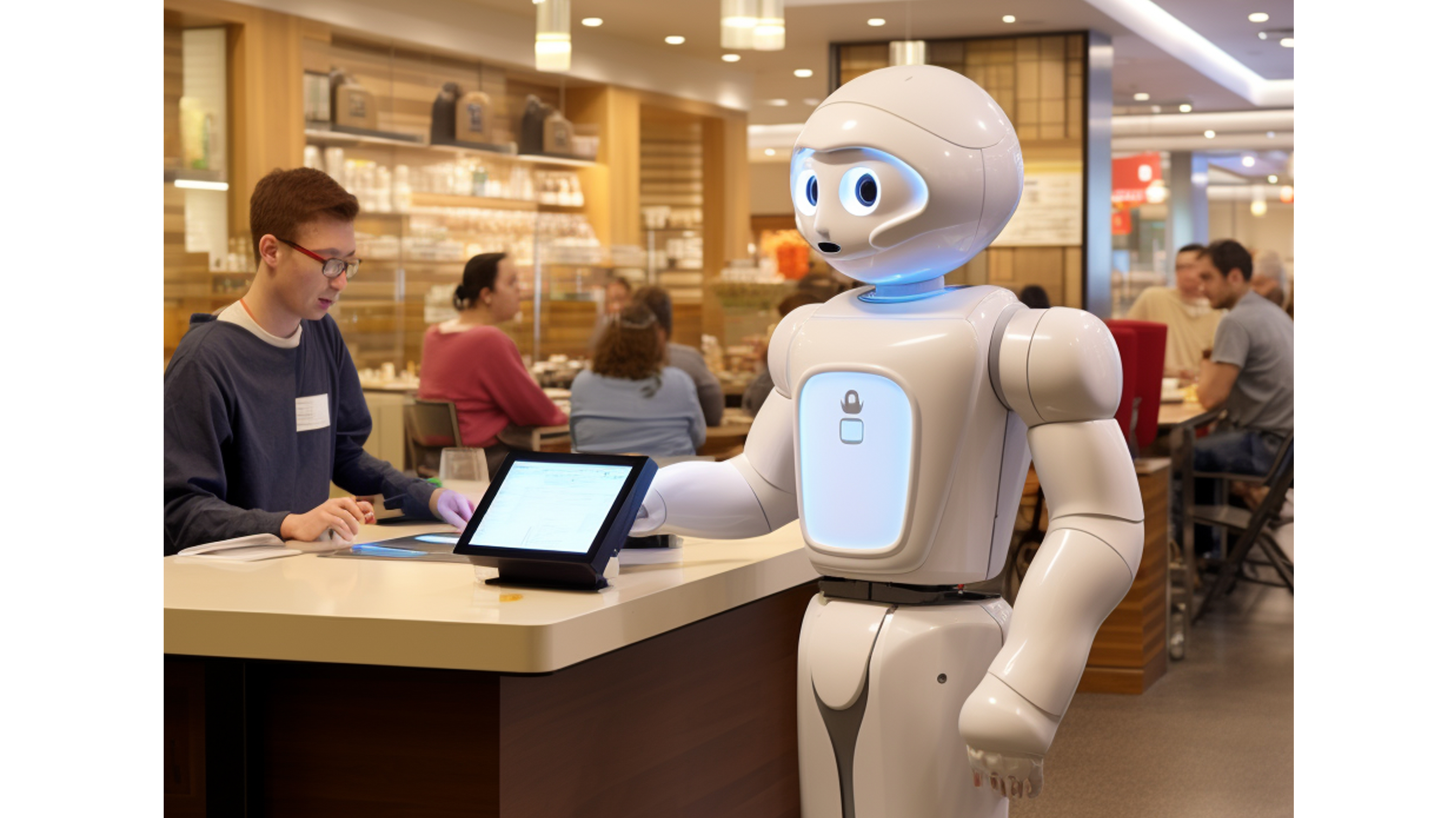How Restaurant Robots Are Changing the Game
2024-03-19

Introduction: In recent years, the restaurant industry has witnessed a remarkable transformation driven by technological advancements. One of the most intriguing developments is the integration of robots into various aspects of dining establishments. From automated chefs to robotic servers, restaurant robots are revolutionizing the way we dine out. In this article, we'll explore the fascinating world of restaurant robots and delve into how they are reshaping the dining experience for both customers and restaurant owners alike.
1. The Role of Robots in Food Preparation: Gone are the days when chefs toiled away in the kitchen, manually preparing each dish. Today, restaurants are increasingly turning to robots to streamline the food preparation process. These sophisticated machines are equipped with advanced culinary capabilities, allowing them to chop, sauté, and even plate meals with precision and efficiency. By automating repetitive tasks, restaurant robots not only reduce labor costs but also ensure consistent quality and faster service.
2. Enhancing Customer Service with Robotic Servers: In addition to revolutionizing the kitchen, robots are also making their presence felt on the restaurant floor. Robotic servers, equipped with sensors and AI technology, are now assisting waitstaff in delivering orders to diners' tables. These friendly automatons can navigate crowded dining areas with ease, ensuring prompt and accurate service. With their charming personalities and impeccable manners, robotic servers are enhancing the overall dining experience and delighting customers with their efficiency.
3. Improving Efficiency and Productivity: One of the key benefits of restaurant robots is their ability to improve efficiency and productivity in busy food service environments. By automating routine tasks such as food preparation, cleaning, and inventory management, robots free up human employees to focus on more value-added activities. This not only leads to faster service and shorter wait times but also allows restaurant staff to devote more attention to customer engagement and satisfaction.
4. Addressing Labor Shortages and Challenges: The restaurant industry has long grappled with labor shortages and turnover rates, particularly during peak hours and busy seasons. Restaurant robots offer a viable solution to this ongoing challenge by augmenting the existing workforce and filling critical gaps in staffing. With their tireless work ethic and ability to operate around the clock, robots provide a reliable and cost-effective alternative to traditional human labor.
5. Overcoming Technological Barriers and Concerns: While the adoption of restaurant robots presents numerous benefits, it also raises questions and concerns about the implications of widespread automation in the food service industry. Issues such as job displacement, data privacy, and the ethical use of AI technology must be carefully addressed to ensure that restaurant robots are deployed responsibly and ethically. Additionally, restaurants must invest in robust training programs and technical support to ensure the seamless integration of robots into their operations.
Conclusion: As technology continues to advance at a rapid pace, the role of restaurant robots in the dining experience is only expected to grow. From automating food preparation to enhancing customer service, these innovative machines are reshaping the way we dine out and challenging traditional notions of restaurant operations. By embracing the opportunities presented by restaurant robots and addressing the associated challenges, the food service industry can unlock new levels of efficiency, productivity, and customer satisfaction in the years to come.





